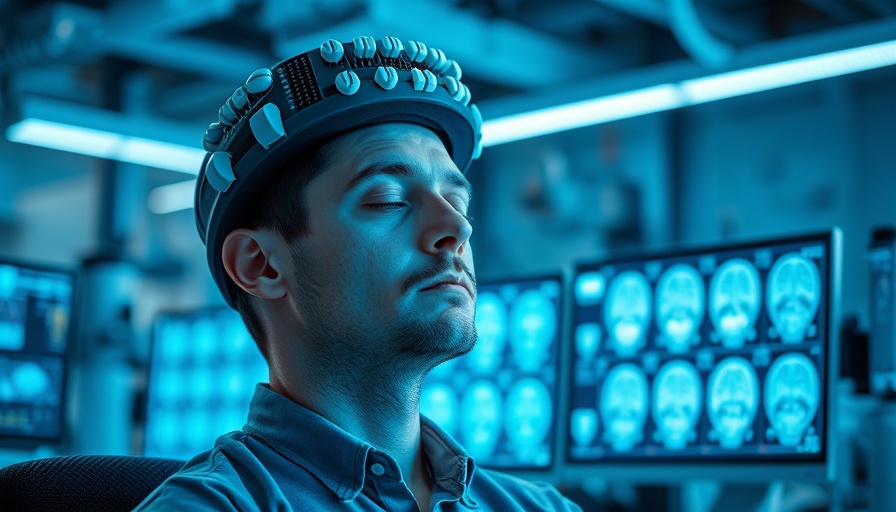
Unlocking the Brain: Noninvasive Technologies and their Potential for Autism Treatment
Recent advancements in noninvasive technologies are revolutionizing how we assess and potentially treat brain disorders, including autism spectrum disorder (ASD). Innovative methodologies like EEG combined with MRI are paving the way to map and understand the brain in ways that were once unfathomable. These tools are not just about understanding the electrical activity of the brain; they’re crucial for identifying autism breakthroughs that could enhance the quality of life for those affected.
Understanding Brain Activity: The Role of EEG
The electroencephalogram (EEG) has been an integral part of neuroscience since the 1920s. Parents of children with autism might find comfort in knowing that EEG is valuable in assessing brain function related to behavior and emotional responses. However, a common concern is the challenge of spatial resolution. EEG readings must travel through various tissues before being detected, leading to potential inaccuracies about which areas of the brain are most active. By integrating EEG with more advanced imaging techniques, researchers can better understand these dynamics and their implications for ASD studies.
Stimulating Change: The Promise of tDCS in Autism
Another promising noninvasive tool is transcranial Direct Current Stimulation (tDCS), which uses electric currents to stimulate specific parts of the brain. This technique holds potential for clinicians treating autism-related challenges by manipulating brain activity and potentially improving cognitive function and emotional resilience. Yet, like EEG, it struggles with targeting precision. Parents should be aware of how ongoing research seeks to enhance the effectiveness of such methods through collaborative studies combining various tools.
Future Insights: Trends in Neurodevelopment and Autism Research
As neurotechnology continues to evolve, the implications for autism research are profound. Understanding the links between behaviors and brain function opens up new avenues for early intervention. Researchers aim to leverage these insights to develop tailored therapies, enhancing behavioral science initiatives. For families navigating ASD, this means potential pathways to support their children in unprecedented ways through informed interventions.
Taking Action for the Future
It’s vital for parents of autistic children to stay abreast of these scientific developments. Advances in neurodevelopment could lead to more effective therapies and behavioral strategies rooted in research. To explore more about the latest findings and opportunities for your child's support based on recent clinical trials, visit Learn More.
 Add Row
Add Row  Add
Add 




Write A Comment